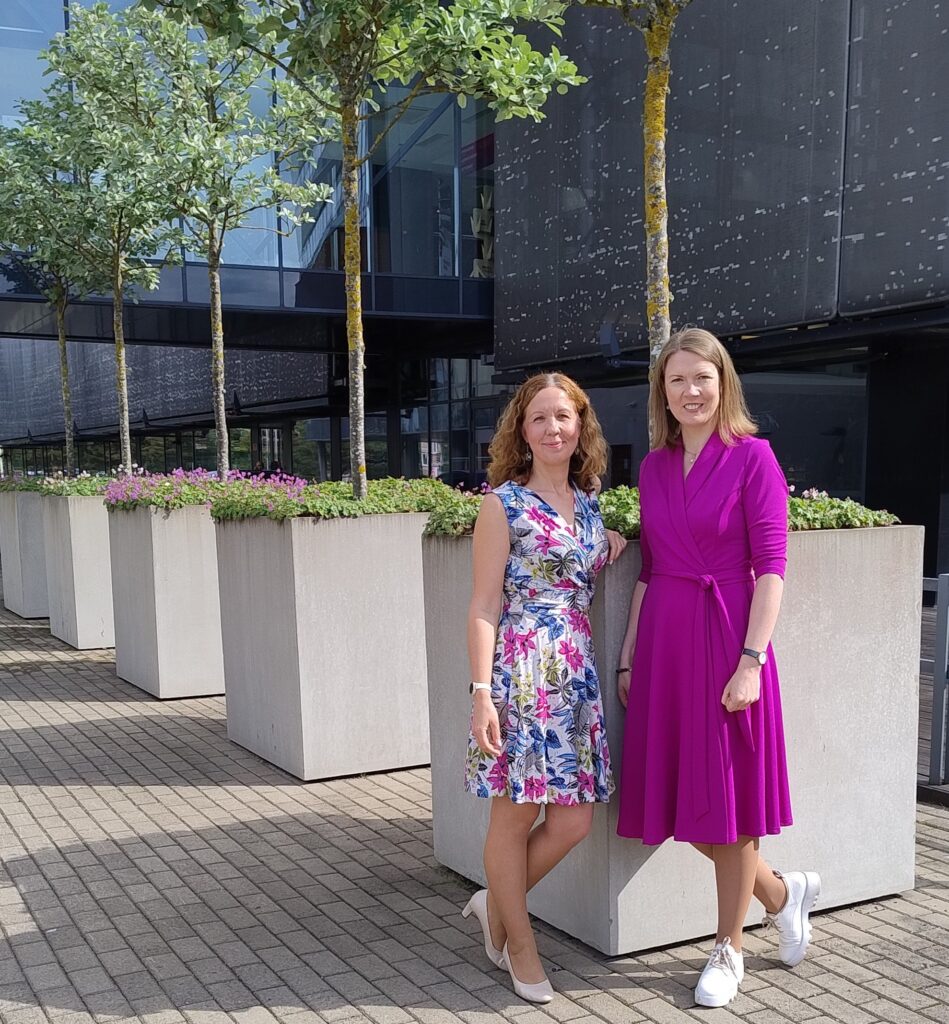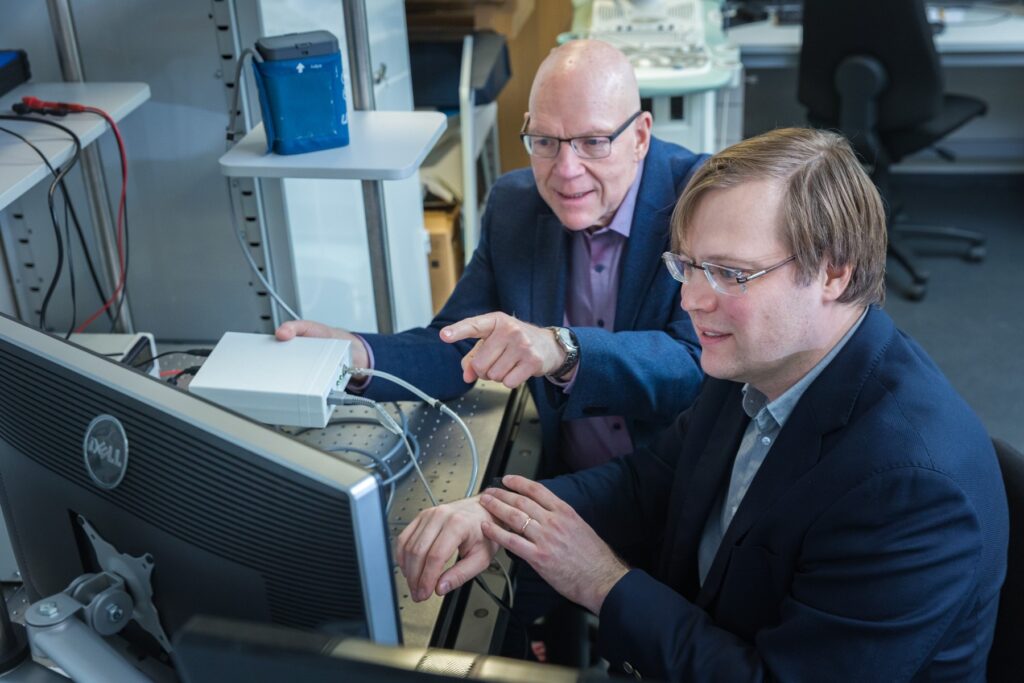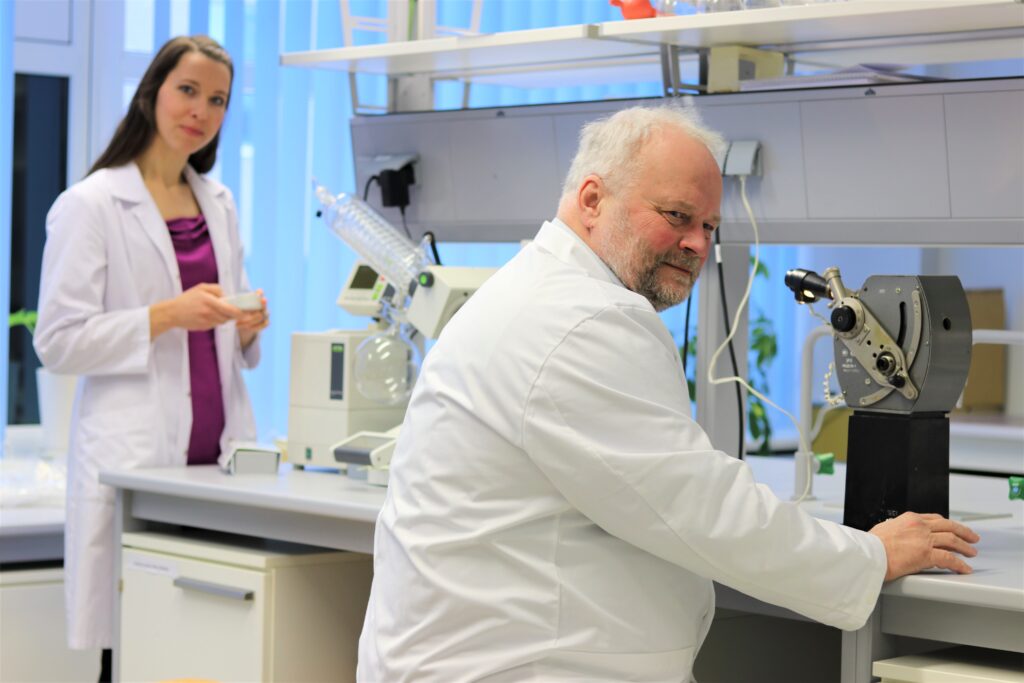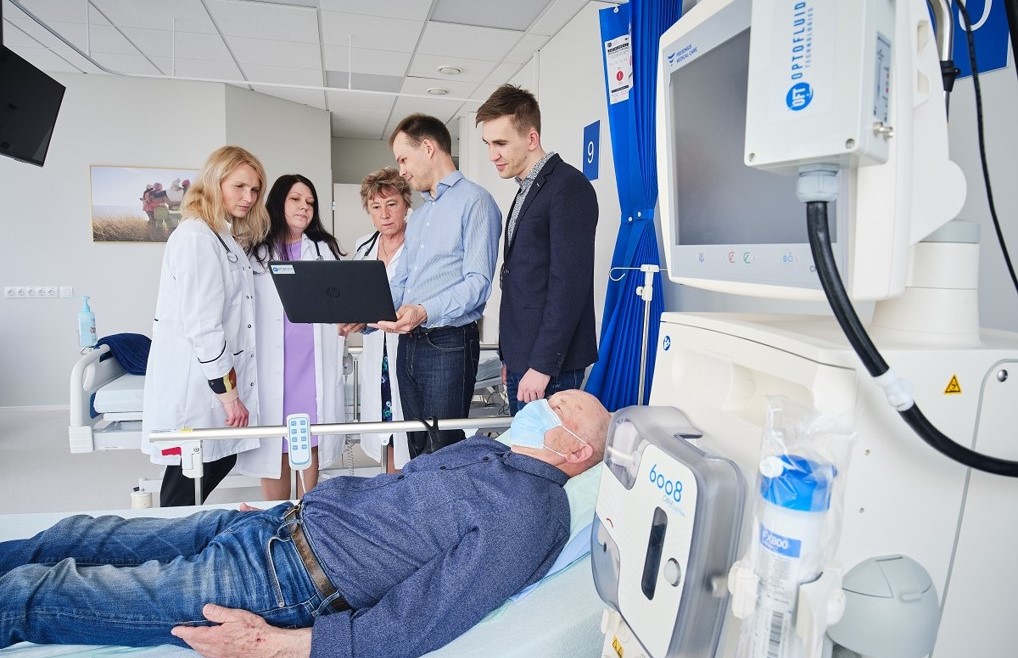Table of Contents
A new focus centre devoted to health and food technologies has been established at the Tallinn University of Technology (TalTech) with the goal of fostering cooperation between 40 research groups within the university, as well as to better liaise with external partners.
Introduction to the Health and Food Technologies Focus Centre
According to Pirjo Spuul, director of TalTech’s department of chemistry and biotechnology, the Health and Food Technologies Focus Centre has been operational since May. Kerli Norak, a researcher affiliated with TalTech and North Estonia Medical Centre, has been tapped to be its coordinator and is now mapping its research teams and their competencies, projects, and partners, Spuul said.
A joint event is also being planned for this autumn, where the centre’s research teams and their partners will gather to outline and validate a future roadmap as well as to set its main focuses and research goals, she added.

Leadership and Coordination
Spuul sits on the centre’s core coordinating committee, along with Petri-Jaan Lahtvee, a professor in food tech and bioengineering; Jana Holmar, director at TalTech’s department of health technologies; Ivo Fridolin, a biomedical engineer and professor; Tauno Otto, head of development at TalTech’s school of engineering; Vitali Sõritski, a research professor in the same school; and Karin Reinhold and Thomas Hofmann, who both hail from the faculty of economics and business administration.
According to Spuul, the research groups participating in the centre will continue to operate within their existing laboratory space.
“The centre itself is virtual,” she said, “and aims to coordinate activities in health and food technologies.” This will allow the centre to have a “constantly up-to-date overview of the university’s capabilities,” she added.
TalTech will fund the centre’s operations, with its first two years already budgeted for. But Spuul added that it will initiate “large-scale collaboration projects to achieve significant growth in external funding for research and development activities.”
In outlining the rationale for setting up the centre, Spuul pointed out that it aligned with university, state, and European goals. She noted that TalTech’s Green Strategy for 2023-2025 cited a “healthy and friendly food system” as a development area. Due to this, health and food technologies were “placed under one umbrella, she said.

She also noted that the development areas align with topics addressed in the European Green Deal, the set of initiatives the European Commission adopted in 2020 to make the bloc climate neutral by 2050.
Key Projects and Technologies
TalTech does have a deep bench of technologies to draw on as it develops the new centre. Spuul cited Drug Hunter, a drug analyzer developed by scientists from the department of chemistry and biotechnology and the Police and Border Guard Board as one tool with potential.
“Drug Hunter is a novel and rapid drug analyzer that can indicate within minutes, through a saliva test, whether and which narcotic substances a person has used,” she said. It’s been implemented at various festivals and in traffic control, she added.
There’s also Raw Edge, a startup cofounded by Kristel Vene, a senior lecturer within the same department. The company produces a probiotic, low-calorie drink fermented with lactic acid bacteria from local raw materials, which contains no caffeine, artificial additives, or added sugars, said Spuul. Raw Edge’s goal is to reduce people’s dependence on sugar and the expectation for sweet tastes.

And Äio Tech is another TalTech spinout that will play some role in the centre going forward. Led by Petri-Jaan Lahtvee, the company develops food products, alternative oils and fats from wood and agricultural residues. Its goal is to “make the food industry more sustainable and to use natural resources more efficiently,” said Spuul.
TalTech’s Jana Holmar highlighted three other companies and technologies that could play a role in the new centre. One is made by Dermtest, which relies on digital tools to diagnose and monitor skin diseases, and is led by Priit Kruus, who is also a TalTech researcher. There is also Optofluid Technologies, a spinoff led by Fridolin, that is developing sensors for real-time and online dialysis quality monitoring.
Another tool that might be used is the Citizen Well-Being Diagnostics tool developed at TalTech, she said. The platform “bridges the gap between urban planners and citizens with a diagnostic tool for objectively measuring citizens’ well-being,” said Holmar. The method underpinning the test integrates quantitative physiological, spatial, and subjective psychological indicators for objectively assessing environments, she said.
According to Holmar, the concept for the new centre emerged a year ago, during TalTech’s Innovation Festival, which focused on health technologies within the university’s School of IT. As health technology is addressed across all faculties within TalTech, the idea of a combined locus that would support exchange made sense.

Vision and Strategic Impact
Yet there is more to it than just marrying sensor technologies, e-health platforms, and secure software with food technologies, 3D prosthetics, and data protection and occupational health platforms.
“Through the initiation and management of cooperation projects, we ensure better communication of information about health and food technologies to society,” said Holmar. “Through smart and innovative technologies, we support improved health behavior, healthier and more environmentally conscious food choices, and, in the end, contribute to an increase in the number of healthy life years of people,” she said.
Here, she said that TalTech is well positioned to create something new from its in-house expertise and experience. She said that the centre embodies “the synergy of the sciences taught and studied at our university,” and said that what makes TalTech unique is this interrelation between health and food sciences, ICT, economics, and engineering, along with its nurturing of new ideas and businesses.
“This allows us to build on a unique multidisciplinary combination of knowledge, linking very different sectoral knowledge into a whole,” said Holmar of the centre.
This article is written by Justin Petrone. This article was funded by the European Regional Development Fund through Estonian Research Council.
If the magic of food science tickles your taste buds and culinary experiments stir your curiosity, then read more from our webpage how Genome editing contributes towards developing safe and sustainable food systems!
 Back
Back



